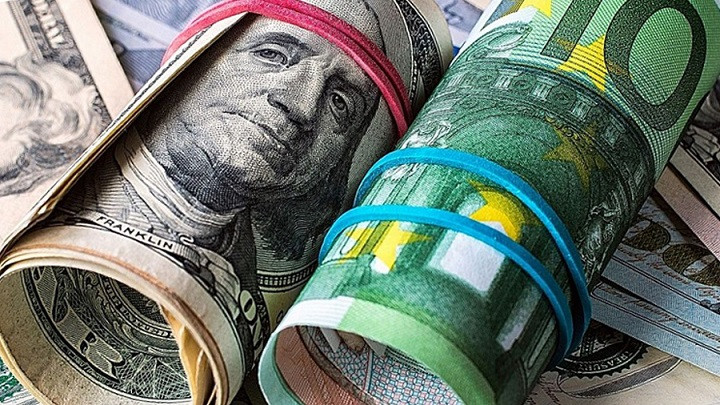
Most analysts agree that the dollar will weaken and may lose its dominant role in the EUR/USD pair in the near future. However, the dollar is not in a hurry to share power with an opponent. Experts believe that the US currency will hold on to the last, strengthening its position as much as possible.
Last week, the market was surprised by statistics on the American labor market, which, on the one hand, supported the dollar, and on the other, was another step towards its weakening. Some controversy in the reports from the ADP agency and the dynamics of NonFarm Payrolls slightly confused the market, but in general, added positivity to both the US economy and the national currency.
It can be recalled that, according to ADP, the number of people employed in the non-agricultural sector of the United States was projected at 2 million 368 thousand, but actually amounted to 4 million 767 thousand. The unemployment rate, which declined in June to 11.1% compared with 13.3 The% recorded in May also inspired the market. Earlier, before the recession provoked by COVID-19, the US unemployment rate did not exceed 3.5% - the minimum for the last 50 years.
Experts found the report on Nonfarm Payrolls strong enough. Despite long-term negative indicators of the American labor market and rising unemployment during the COVID-19 pandemic, the number of people employed in the non-agricultural sector of the country increased by 4.8 million at the end of June 2020. As for the number of secondary applications for unemployment benefits, it rose to 19.3 million. However, analysts interpret these statistics in different ways: on the one hand, it demonstrates the revival of the American economy after the crisis, and on the other, it is quite contradictory.
Such contradictions greatly shake the position of the dollar, which has recently lost its stability. The negative component of Nonfarm made its contribution to the treasury of disappointments. It can be recalled that by the end of the month, the total consumer price index was in the "red" zone, falling to -0.1%. Basic inflation indicators, excluding the cost of food and energy, also declined to -0.1% on a monthly basis, and to 1.2% on an annualized basis.
Nevertheless, the main economic indicators were on the dollar's side. They became, in the words of US President Donald Trump, "another proof of the restoration of the American economy." However, many experts are not so complacent. They warn of distant traumatic consequences for the US economy associated with the loss of dollar dominance.
According to experts, the world's leading currency will lose its leadership at the end of 2020 and the beginning of 2021, losing the euro in the EUR/USD pair. The drivers of this decline will be the grim prospects of the US economy and the weakening global demand for dollar liquidity. Last month, when the Federal Reserve poured additional funds into the global financial flow, the dollar fell by almost 1.0%. Analysts consider this the worst indicator since December 2019.
Most economists (about 80%) are confident that the US currency will trade near current levels over the next six months, alternating profits with losses. Analysts do not expect sharp jumps in the dynamics of the USD, but admit that it will face a choice between growth and decline. Moreover, the "bandwagon" to the dollar can be substituted by the tactics of most currency strategists who are inclined towards a "bearish" trend.
On the other hand, the European currency did not miss the chance to take advantage of the current weakening of the dollar. Experts agree that a bright streak is beginning for the Euro. It is expected to grow gradually in the near future. The single currency meets these expectations: for the current quarter, the EUR added 1.8%, and increased by 1.2% in June compared to the dollar. According to preliminary estimates, the euro will rise in price by about 2.5%, to 1.1500. It was previously assumed that the indicated currency will rise to 1.1400 by the end of 2020. Experts record a positive trend in the EUR/USD pair : on Monday morning, July 6, the pair headed for the next peaks, starting a new week from 1.1290. Further activity in the EUR/USD pair increased, and now it runs near 1.1294-1.1295. Analysts do not exclude that the pair will break through the level of 1.1300.
According to experts, the dollar will have to work hard to stay afloat and not finally lose the euro in the near future. Difficult times are coming for this currency and the upcoming US presidential election will worsen the situation, after which the USD may noticeably fall. However, experts rely on its powerful recovery ability, which is still ready to compete with the euro, not yielding its leadership in the EUR/USD pair.





















